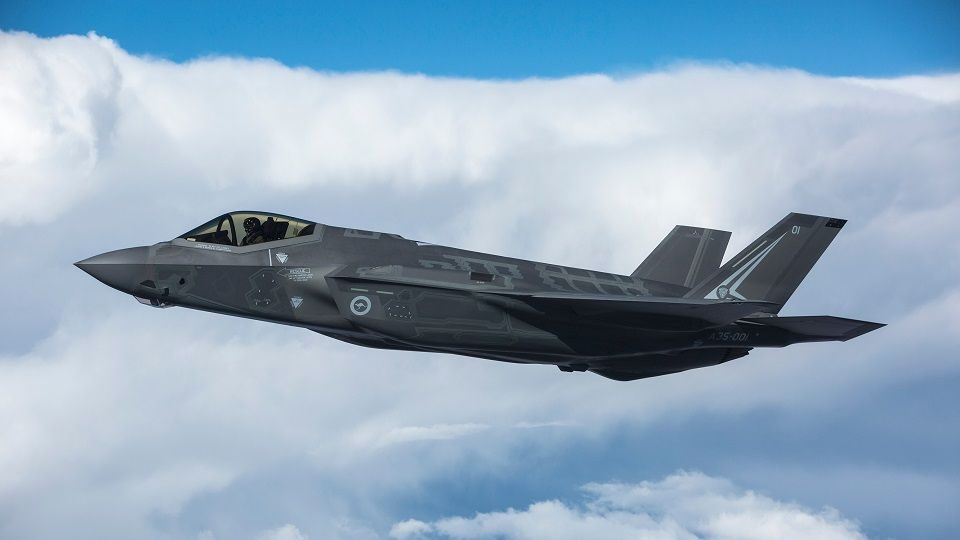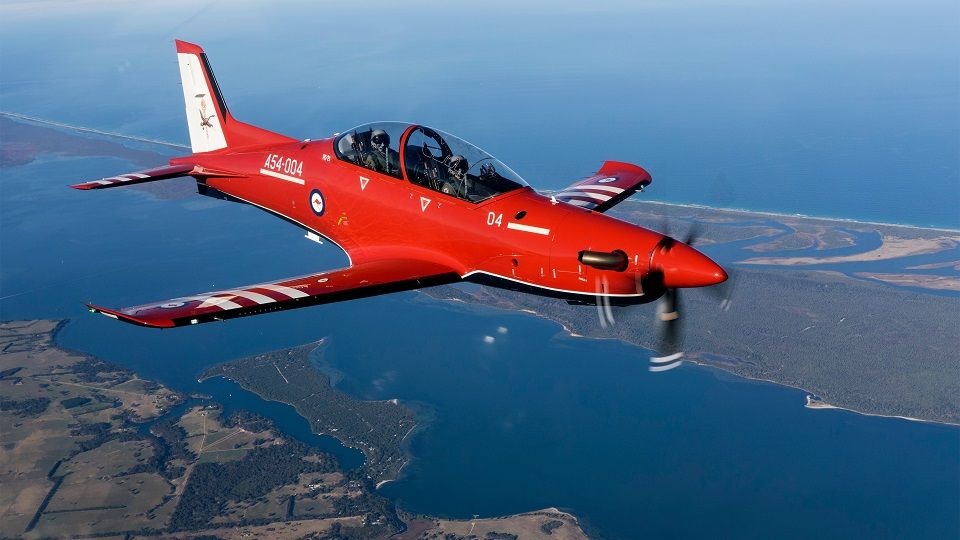The Royal Australian Air Force (RAAF) boasts a diverse and technologically advanced fleet, encompassing 15 aircraft types for various purposes. From cutting-edge fighter jets to versatile transport aircraft, the RAAF’s capabilities cover a wide spectrum of operations suited for within and beyond the island nation’s rugged terrain.
Wings of power: the RAAF’s air combat fleet
When it comes to air combat, the RAAF showcases its prowess with state-of-the-art fighter jets. The F/A-18F Super Hornet, known for its agility and cutting-edge avionics, achieved Final Operational Capability in 2012 and has since been based at Number 1 Squadron at RAAF Base Amberley.
Photo: Royal Australian Air Force
The Super Hornet is joined by the EA-18G Growler, an electronic attack aircraft capable of disrupting, deceiving, and denying military electronic systems, such as radars and communications. Operated alongside air, land, and sea forces, the Growler joined the RAAF’s fleet in 2019.
The latest addition to its air combat fleet is the F-35A Lightning II, the Australian Defence Force’s first fifth-generation air combat aircraft. Recognizing the benefits of its cutting-edge design and advanced technology, Australia has committed to 72 units of the F-35A for three squadrons at its Williamtown and Tindal bases.
Air mobility: logistics, special operations, VIP transport, and more
For the RAAF, air mobility is not just a capability; it’s a commitment to versatility. Its mobility aircraft support air logistics, airborne operations, transport of government officials, air-to-air refueling, search and survivor assistance, and aeromedical evacuation.
The C-17A Globemaster III is the Defence Force’s logistics backbone, allowing the RAAF to rapidly deploy troops, supplies, combat vehicles and more. This workhorse is supported by the C-130J-30 Hercules and C-27J Spartan. For aerial refueling, the RAAF utilize the KC-30A Multi-Role Tanker Transport, a modified Airbus A330 airliner that can also provide strategic air lift.
When it comes to VIP transport, two 737 Boeing Business Jets, twelve KA350 King Airs, and a Dassault Falcon 7X offer reliable transportation for government officials and other VIPs.
Eyes in the sky
The RAAF’s intelligence, surveillance, and reconnaissance aircraft assist with maritime warfare, as well as aerospace, surveillance, and battle space management. Its trusted multi-mission maritime patrol aircraft is the P-8A Poseidon.
Based on the Boeing 737-800, the modified jet is capable of anti-submarine and -surface warfare, search and rescue as well as maritime and overland intelligence, surveillance, and reconnaissance.
The Poseidon is complemented by one of the world’s most advanced airspace battle management capabilities, the E-7A Wedgetail, which is based on the B737-700 series.
A fresh, state-of-the-art surveillance aircraft soon to be in the RAAF’s arsenal is the MQ-4C Triton Unmanned Aircraft System, which recently made its first flight on November 9, 2023. It will join the newly reformed Number 9 Squadron at RAAF Base Edinburgh, flown by Air Force pilots from a ground station.
The future generation of “fliers”
A crucial aspect of the RAAF’s mission is the training of skilled aviators. The Pilatus PC-21 is the world’s most advanced pilot training aircraft, employed by the RAAF for training at its bases in Victoria and Western Australia.
Photo: Royal Australian Air Force
The RAAF also trains pilots on the Hawk 127, which prepares qualified Air Force pilots for conversion to the Lightning II, Super Hornet, and Growler.
All in all, each facet of the RAAF’s dynamic fleet plays a crucial role in maintaining Australia’s air superiority and contributing to global security efforts, whether it be for combat, transport, surveillance, or training.
Source: Royal Australian Air Force



